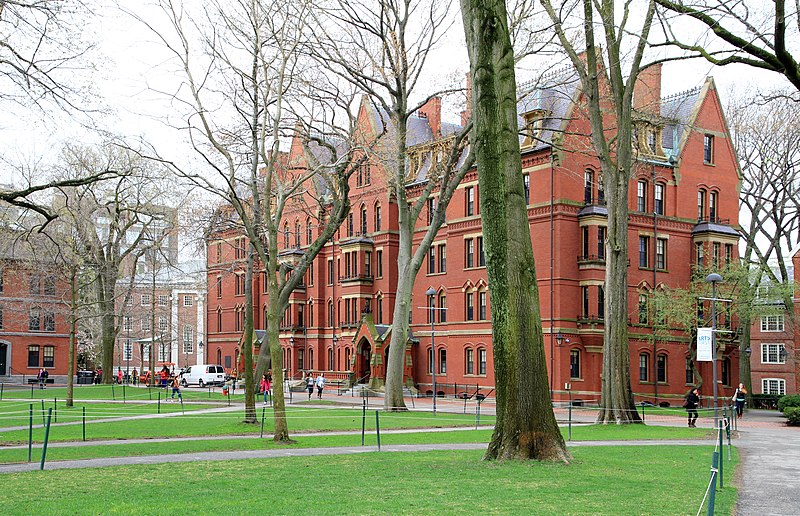A common myth about school nurses is that they spend their day putting on Band-Aids and taking kids’ temperatures. Here are some ways Boston school nurses actually spend their time:
- Assembling a grief counseling team after students witness a violent shooting
- Arranging free meals during the summer for a homeless student
- Testifying in a child abuse case
- Identifying a hearing impairment as the cause of a learning disability
- Evacuating students following reports of a suspicious white powder
- Accompanying a student with a life-threatening condition on a school field trip
- Connecting a pregnant teen with prenatal care
- Taking part in restorative justice circles with students to help disrupt the “school-to-prison pipeline”
- Conducting anti-bullying education
- Working with doctors and families to provide treatments for chronic diseases like seizure disorders and life-threatening allergies
- Communicating with families to prevent suicide and assess risk of self-harm
- Administering daily medication on time and in measured doses for students with asthma, diabetes or other chronic illnesses
- The reality is that our schools are microcosms of Boston’s urban social problems. Many of Boston’s students have medical and behavioral health needs that require a nurse, psychologist or social worker. Lots of students have diagnosed and undiagnosed mental health illnesses, and having nurses, social workers and psychologists in schools helps to support students and connect them to resources.
Students don’t leave their social and emotional wellness challenges at the schoolhouse gates — or at the metal detector. If we fail to adequately fund school nurses, psychologists, social workers and other social and emotional wellness professionals, we are setting up our students — and our schools — to fail.
The list above includes many urgent student needs. Imagine that a school nurse must respond to all of these urgent needs at not one school, but two. It’s an untenable situation for our nurses, endangering both their licenses and the lives of our students. These professionals — and school administrators — live with the fear that this will be the day the nurse is not there when a crisis strikes.
Last month I received this note from a fellow Boston Public Schools school nurse: “I work in two buildings. There was a student waiting for me at the first building [who was] having a first-time allergic reaction. I gave her an EpiPen and called 911. She was so quiet. I wonder what would have happened to her if she was in the second building — she could have died waiting for me to get to that building 40 minutes later.”
It shouldn’t take a tragedy for state and city leaders to realize that chronic underfunding of school nurses and other health professionals has dire consequences.
Half of Boston’s 56,000 students are economically disadvantaged. More than 3,500 students in Boston Public Schools are homeless. Kids come to school traumatized by neighborhood crime, difficult family situations, hunger, abuse, loss, and lack of health care and mental health services. These circumstances present challenges that students bring to school every day, and we have an obligation to help them overcome these obstacles to learning and life.
Nurses are frontline responders who prevent as well as respond to crises. This keeps students in the classroom where they belong. The Center for Disease Control reports that in 2016, 6.1 million children had asthma, and the same number of kids had attention deficit hyperactivity disorder, many of whom require medication during school hours. Kids come to school with medical devices that often need adjustment; teens struggle with substance abuse issues and come to school high. Students and their families need to know that there is a licensed health professional on the job, ready to help.
How many school nurses are enough to ensure student well-being? For a healthy population, the National Association of School Nurses recommends one nurse per 750 students. For populations requiring daily professional nursing services, the recommended ratio is 1:225, for student populations with complex healthcare needs, 1:125. Here in our city, the Boston Teachers Union is fighting for one nurse at every school. This is not too much to ask.
Boston Public Schools can and must do better. Every student deserves to be supported by qualified, caring adults. This includes not only educators but also nurses and licensed professionals to help students with social and emotional issues. Research shows that nurse interventions are vital to eliminating barriers to student learning and improving health. Here in Boston, we are currently jeopardizing our students’ health and their chances for future success.
Jonathan Haines is a member of the Boston Teachers Union and a nurse at the McKinley Elementary School.






